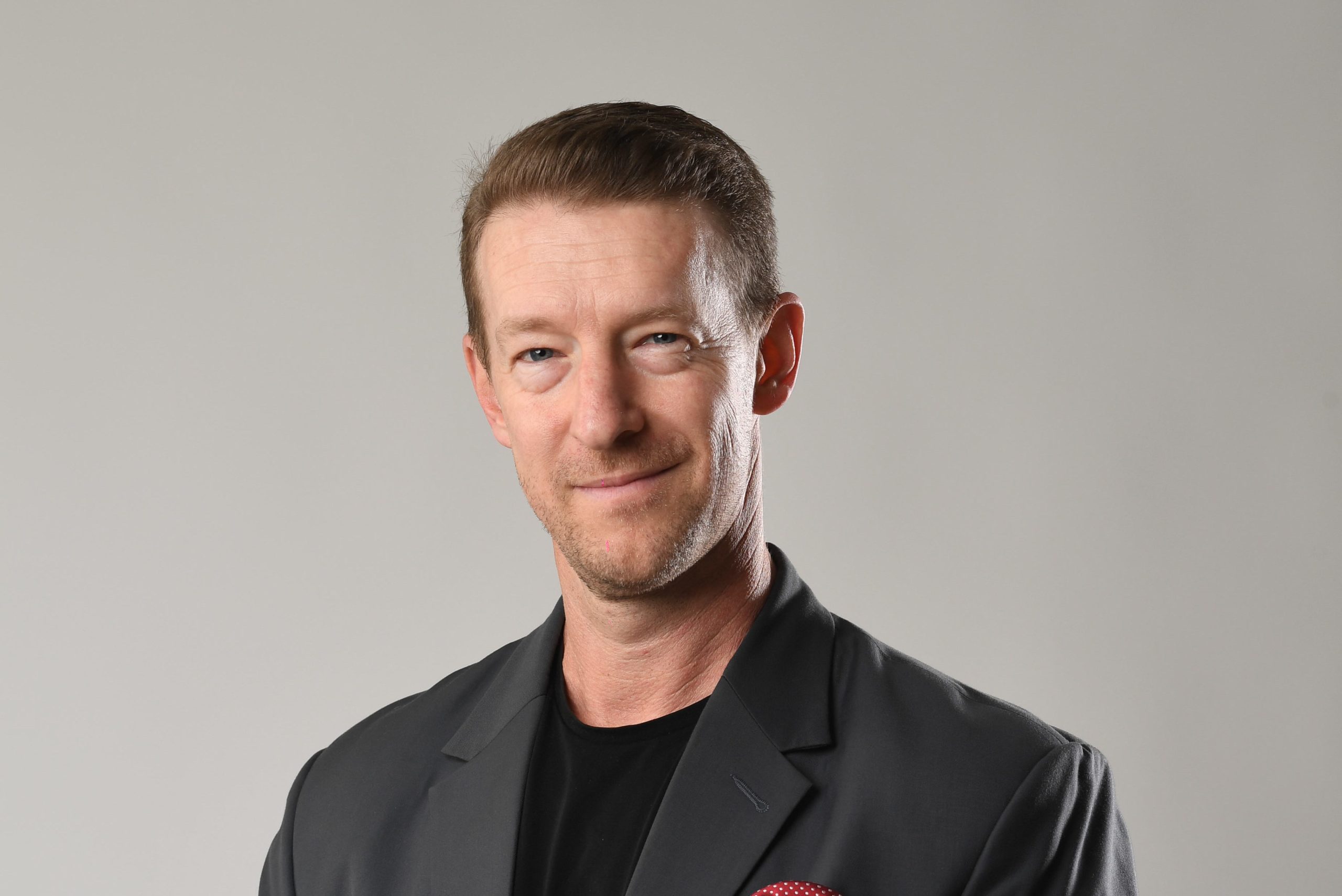By Douglas Kruger
JERSEY’S abuzz with talk of tunnels. As I understand it, the main opposing argument goes like this: “If we can’t afford a hospital, or solve a cost-of-living crisis, how could we possibly afford a link to France?”
My take is that the reason we can’t afford a hospital, and have a cost-of-living crisis, is because we don’t have a link to France.
I was at the meeting last week, and my two chief takeaways were that:
-
It’s self-funding, making it a no-brainer.
-
At a single stroke, it would solve a greatest-hits list of Jersey gripes, including inflated cost of living, difficulty obtaining supplies, delivery problems, food insecurity, the labour shortage – you name it – making it a no-brainer.
I’d been thinking “bridge”. But having now seen the James-Bondesque setting that is the subsea tunnels built in the Nordics (all to cost, and all on time), I’m sold on the underground option. It’s entirely weather-impervious. You can see how cool it all looks, and how well it works, by typing “Driving Faroe Islands tunnels” into a YouTube search.
So when do we start digging, and do they need a hand?
Meanwhile, it does make you wonder what other attractions could be located deep down under Davy Jones’s Locker, where nary a potato field need e’er be blighted.
Countries routinely strew rest stops along strips of road. It may seem unorthodox to do it fifty feet beneath the bedrock, several billion tons of North Atlantic sloshing about over your head, but so what? Lateral engineering solutions abound globally. And they don’t merely solve problems. They also draw global interest. That’s worth tourism dollars.
The obvious facilities that spring to mind are filling stations and grocery stores. Boring, but useful.
But if you can fit that, could you cram in an entire hospital? Might be a tad gloomy. And it would remain to be seen whether anyone cared to convalesce deep in the bowels of the earth, where the sun never shines, but it would solve a space and storage problem.
You might see your way to imagining a full-scale shopping complex down there: “Going stir crazy with the rain? There’s plenty of parking at Tunnel Mall, with its bookstores, bowling alleys, laser tag, climbing walls, arcades, restaurants and more. No one closes for the winter down here. And despite our several hundred outlets, we’ve done zero damage to the lovely contours of Jersey.”
In Canada, malls are often at least partially subterranean, and they build entire rollercoasters in theirs. Or even waterparks, often the size of small nations.
But perhaps a more cultured approach is called for. We are European, after all, and Visit Jersey says we’ve been attracting an older, more refined tourist demographic of late. So what might make Jersey even more of a high-brow attraction than it already is?
In Poland, there’s a 13th-century salt mine at Wieliczka that now boasts chandelier lighting and several galleries. It all looks ghostly and wonderful – like Tolkien’s mines of Moria, only more luxurious – and it goes to show that giant holes in the ground can even become cultural heritage sites, given a little imagination and dash of ambient lighting.
In Italy, there are subway stations underground, and they are works of art. The Toledo Metro Art Station in Naples is 164 feet beneath the deck, but nevertheless boasts 463,000 square feet of open air. It has a blue mosaic that “grows more intense” the deeper you descend.
Across in Tuscany, there’s a winemaker who buried their headquarters underground. Picture a corkscrew staircase, museum, restaurant and shop, plus the winery itself.
The Swedes had a different idea. In 2008, they turned a former nuclear bunker into a sleek data centre. Do we need one of those? There’s an idea for where to put it. The venue features massive waterfalls and cleverly lit greenhouses, as well as power supplied by no less than a German submarine engine.
Slovenia has a post office down in its caves. In Istanbul, there’s a place of worship built beneath a craggy outcrop. The possibilities are endless.
Or you might go the historical route. While tunnelling for the Oresund bridge, which famously dips under water between Sweden and Denmark, developers found 16 active bombs from the Second World War. Maybe we’re lucky and find something similar. If so, why not showcase them, as we do with our War Tunnels? What a spectacular display en route to a storied island.
Believe it or not, you can even go the public park route. There’s one called the Lowline in New York City.
Or perhaps not so much a park as an… aquarium? The resources are there in full. It’s only an engineering matter to display them without drowning everyone. I hear they’re doing amazing things with safety glass these days.
What else might we do?
Oh yes, how about this one? “Ladies and gentlemen, Taylor Swift!”
OK, so perhaps we should just veto a stadium in advance. Nothing against Miss Swift; my wife has just played her to death.
And finally, let us not forget that at the peak of the 14th century, London Bridge had over 140 residences squatting along it. Imagine the Engineering Digest headline: “Meet the Mole-People, living in luxurious undersea limbo between France and Jersey.” Housing crisis solved?
It’s fun to dream. And it’s important for the national psyche. Without a little exercising of the imagination, we might easily find ourselves stuck in a time warp, never considering new possibilities. And hey, if the Faroe Islands can think that big, and act on their ideas, then why can’t we?
-
Douglas Kruger lives in St Helier, where his seven-year-old son exposes him to entirely too many lectures on dinosaurs. He writes and speaks on business topics, with a personal interest in strategic rule-breaking.






